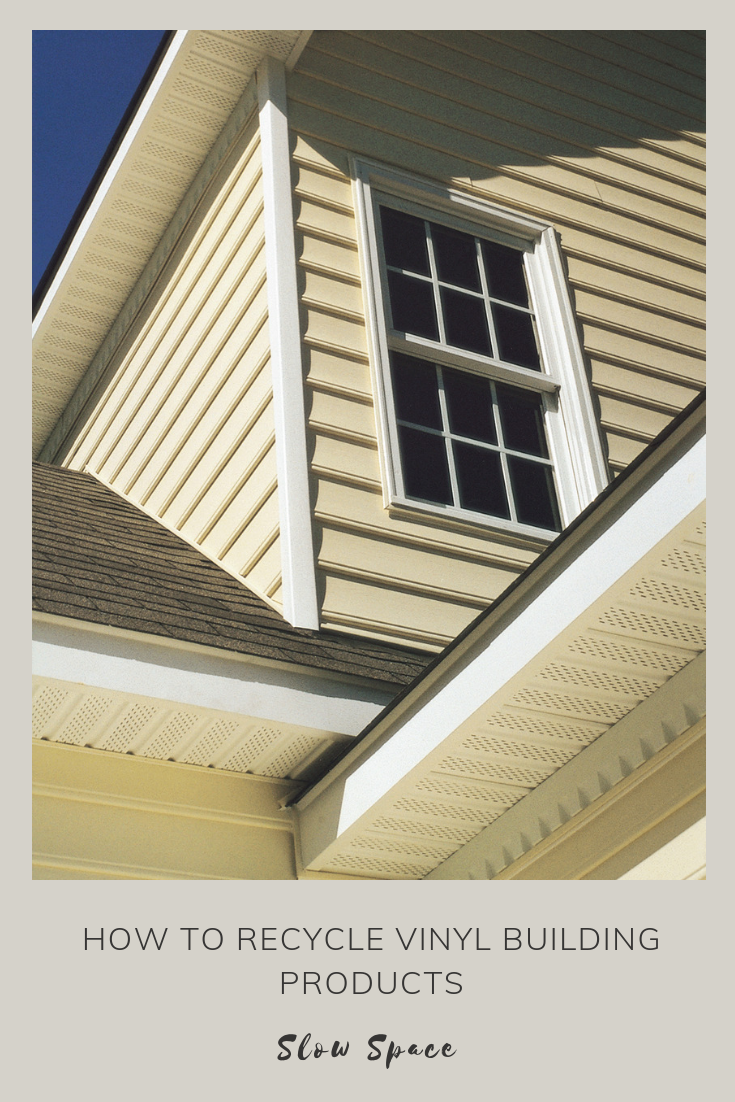Vinyl siding, a plastic exterior material, can be seen on many homes throughout the United States. In 2011, according to the U.S. Census Bureau, about 33% of the new single-family homes constructed were covered in vinyl, making it the number one exterior siding that year. It is easy to install, inexpensive and low maintenance.
It is even touted by the industry’s lobbying group, the Vinyl Institute, as the “material of choice for diverse products that enhance the quality of life.” Demystifying this statement is key.
Vinyl throughout its production, use, and disposal off-gases harmful toxins into our environment and into our homes. We need to understand what vinyl is, to understand why it is so important that we phase this material out of our built environments.

Toys made of vinyl. Photo by Christine Larsen on Unsplash
Why Is Vinyl Bad?
Vinyl, also known as polyvinyl chloride (PVC) or #3 plastic, is used for many purposes: building materials, healthcare products, automobiles, electronics and toys. 10 Billion pounds of vinyl resin are converted into vinyl products in North America every year, and 70% of that is for the building industry.
Why is this a problem? Vinyl is 57% chlorine, and chlorine production releases dioxins into the environment. Dioxins are a human carcinogen which contribute to cancer, reproductive, developmental and immune problems, in which there is no safe level of exposure. Throughout the lifespan of vinyl, these dioxins readily migrate into the environment during its production, its use, and its disposal.
In addition, the creation of vinyl products requires toxic additives, including heavy metals such as lead, endocrine-disrupting phthalates, and toxic flame retardants, in order to be made into stable and usable consumer products. These additives are also released during both the use and disposal of PVC products. PVC products that are meant to be rigid, like vinyl siding, may also have lead added to them as a stabilizer. Other places you might find vinyl in your home include your windows and drain pipes.
10 Billion pounds of vinyl resin are converted into vinyl products in North America every year, and 70% of that is for the building industry.
The most dangerous impact of PVC in your home is in the event of a fire. As PVC burns, the chlorine in the material escapes, creating an acid smoke that contains hydrogen chloride. When hydrogen chloride enters the lungs, it becomes hydrochloric acid, that can result in internal chemical burns in a person who inhales it. In a house fire this could kill you or the firefighters before the flames or carbon monoxide. The fire will also release dioxins into the neighborhood, affecting the people around you for years to come.
Vinyl and PVC should be banned from production, like lead-based paint, however that doesn’t seem likely in the near future. Almost 20 years ago a young filmmaker named Judith Helfand released a documentary on the harmful effects of vinyl. But nothing changed. We at the Slow Space Movement have started to share her film, Blue Vinyl, to local audiences. See more information about our events here. For conscious consumers the best thing to do is not purchase any vinyl products in the first place. Reduce market demand for the material and limit its production. But what if your home already has vinyl siding on it?

PVC pipes are standard in residential construction. Photo: Wikimedia
Recycling Vinyl is Difficult
PVC products cannot be recycled with any other recyclable plastics due to contamination. They can however, be recycled into other PVC products, if you can find a recycler. Used vinyl can be ground up into pellets that can then be melted down to create other vinyl products. However, it is important to note that more dioxins are released during the recycling process because the material needs to be melted.
To locate a certified recycler in Massachusetts, for example, you can go to Recycling Works Massachusetts online to search for local recycling plants to bring your vinyl to (as well as any number of other materials!). These websites exist for every state. The Vinyl Institute, in their efforts to increase recycled content, also has an index you can search. However, since the tariffs for import/export to China have recently been raised, many recycling plants that used to send certain materials, including vinyl, to China, no longer accept it, so make sure to call your local facility beforehand. If there are no plants in your area, you can also donate your vinyl if its in good condition to a Habitat ReStore where they can resell it as is.
A lot of these PVC products end up in the landfill because they are not part of conventional recycling efforts and incineration releases dioxins. Contained landfills may be the safest place for the used vinyl, but the best solution would be to ban its production outright.

Wood is a sustainable alternative to vinyl. Photo by Khara Woods on Unsplash
Healthy Alternatives To Vinyl
The best solution for avoiding the harmful effects of PVC in your home ultimately is to not use it at all. Though PVC is the cheapest way to side your home, or cover your floors, it can cause lasting damage to your health, the health of your family, and the world around you. Spending a little more money on sustainably created and maintained products like wood siding, cast iron pipes and stone or ceramic tile is worth it. You could compare it to eating fast food everyday because it’s the cheapest, fast solution, but it will ultimately lead to a decline in your health. Essentially, PVC is the fast food of the building industry. Choose ‘slow’ products that are good, clean and fair for your own well-being and the well-being of the planet. Read about more options in this article: Sustainable Building Materials for Slow Spaces.






